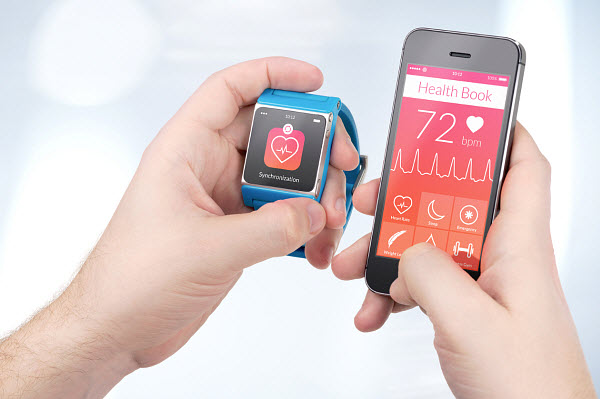The daily deals giant is working on clawing its way back to relevance with the “Gnome”.
Groupon, the massive daily deals website that had been a tremendous success before it nearly brought itself to the point of annihilation, has entered into the mobile payments market in an effort to try to restore some of its former victories in the online world.
It is hoping that its new Gnome point of sale (POS) system will be its new road to glory.
This launch represents the first time that Groupon has moved into the mobile payments POS market. Its Gnome is a platform that is based on the iPad. It is designed to be a solution that will eliminate the requirement for using paper coupons that must be clipped and submitted by the shopper. However, this is also supposed to represent the end of having to display a discount coupon on a smartphone screen at a physical retailers checkout counter, as well.
The Gnome platform uses Bluetooth to be able to apply the discounts at the mobile payments terminal.
The pronunciation of the platform’s name is “G-nome”, as opposed to pronouncing it with a silent “G” as in the tiny fantasy people. Aside from using Bluetooth, the customer’s name can also be used for the redemption of Groupon vouchers at a merchant’s location. It also allows the business to be able to use social media such as Facebook and Twitter to be able to share customer feedback.
Groupon’s CEO, Eric Lefkofsky, explained this new platform by saying that “When it’s complete, Gnome will serve as an operating system for merchants to run their entire operation and enable them to create real-time promotions that bring customers into their business when they need them the most.”
He added that this mobile payments platform is “an important step” for the company to be able to achieve its “long-term mission” of designing a way for the merchants around the world will be able to remain continually connected to the local commerce platform at Groupon. The Gnome device will become available within the next few months, according to the announcement from the company.
Wearable devices are becoming more than just entertainment tools
When it comes to wearable technology, many people immediately associate this concept with entertainment or social networking in some way. Many wearable devices that are slated for release in the coming months and years are, indeed, designed with entertainment in mind, but not all technology is meant to be fun. A recent breakthrough in wireless technology could actually make wearable devices very important tools for those that are interested in managing their health and wellbeing.
A team of researchers from Stanford University have developed a new wireless charging technology called “mid-field wireless transfer.” This technique is capable of delivering electrical power to small devices, such as biometric sensors, pacemakers, nerve stimulators, and wearable devices that monitor health. Moreover, the technique can actually be used to power devices that are imbedded deep within the human body, making implanted sensors and other such devices viable for health care.
 The research team notes that its wireless energy transfer technique is so safe that it can be used to power devices embedded in livers, kidneys, hearts, and even brains. These devices can be used to simply monitor health information, such as the performance of kidney functions, or they can be used to treat serious illnesses or alleviate pain. These devices could also be less of a burden on their owners, as they would not require surgery to replace the batteries that are commonly used for current implanted devices.
The research team notes that its wireless energy transfer technique is so safe that it can be used to power devices embedded in livers, kidneys, hearts, and even brains. These devices can be used to simply monitor health information, such as the performance of kidney functions, or they can be used to treat serious illnesses or alleviate pain. These devices could also be less of a burden on their owners, as they would not require surgery to replace the batteries that are commonly used for current implanted devices.
Wearable technology is most often construed with entertainment because that is how many modern devices are developed. These devices may be serving as a stepping stone to a future where technology is a more fundamental part of human life than it already is, however. Wearable technology could lead the way to a new generation of integrated technology that could actually change the way people see and interact with the world around them in a way that is more profound than what can be achieved through a simple pair of augmented reality glasses.

 The research team notes that its wireless energy transfer technique is so safe that it can be used to power devices embedded in livers, kidneys, hearts, and even brains. These devices can be used to simply monitor health information, such as the performance of kidney functions, or they can be used to treat serious illnesses or alleviate pain. These devices could also be less of a burden on their owners, as they would not require surgery to replace the batteries that are commonly used for current implanted devices.
The research team notes that its wireless energy transfer technique is so safe that it can be used to power devices embedded in livers, kidneys, hearts, and even brains. These devices can be used to simply monitor health information, such as the performance of kidney functions, or they can be used to treat serious illnesses or alleviate pain. These devices could also be less of a burden on their owners, as they would not require surgery to replace the batteries that are commonly used for current implanted devices.